The Optics Lab is equipped to provide training for the LSD members and for the users of the HPLS,
as well as to test and qualify optical components for use in the HPLS.
The research teams interested in using our facility or collaborating with our top notch scientists,
are provided with multiple optical tables and optical boards, wide range of optics and opto-mechanic equipment,
high end optical instruments, and all auxiliary electronic devices such as computers, oscilloscopes, power supplies,
delay pulse generators, multimeters, etc.
Optics Lab Access Documents and Procedures
Please contact the Head of the Optics Laboratory for access to the documents below.
Equipment
Ultrafast High Power Laser
AVESTA Ti:Sapphire Multi-Stage Modular Amplifier RAMPA-10-KIT The laser system uses chirped pulse amplification (CPA) scheme. First, femtosecond laser pulses are stretched in temporal domain by means of a Martinez-type stretcher with a single diffraction grating. Stretched pulses go through a Faraday isolator. After it, a single laser pulse is injected into a regenerative amplifier (RA) by the first Pockels cell. After necessary number of resonator round trips, amplified laser pulse is released from the RA resonator by the second Pockels cell. After RA, the laser pulse goes through the gate subsystem (pulse picker) — the third Pockels cell placed between two crossed polarizers. The pulse picker enhances the contrast and allows controlling the laser output by an external gate signal. After the pulse picker, the laser pulse can be amplified further in a multipass amplifier (MPA). To prevent damage of the optical elements of the compressors (first of all, the grating), the beam is expanded by a telescope. Finally, the pulse is compressed to femtosecond duration. The pump source for the AVESTA kit mentioned above is a Quantel laser( or SAGA) emitting radation in 1064 nm, 532 nm via the laser and modular heads. Additionally, the lab equipment includes an AVESTA Mode-Locked Femtosecond Titanium:Sapphire Laser, Model TiF-Kit-20.
White Light Interferometer
Chromatis dispersion instrument is another designed and built by KMLabs and capable to measure group delay dispersion in 1” and 2” optical components for femtosecond applications. The Hamamatsu Streak camera is an ultrahigh-speed detector which captures femtosecond light pulses.
Ellipsometer
Nano and micro layer characterization is performed in the laboratory with the HORIBA UVISEL 2 Scientific spectroscopic ellipsometer. The optical system allows for the characterization of an interface or a film between two media. The ellipsometric method is based on the resulting process from the polarization variation. This variation occurs every time controlled polarized light is reflected from or transmitted through the interface or film. The ellipsometer allows the user to analyze the polarized light according to the reflection angle and the beam wavelength.
Microscope
Two high quality Leica materials microscopes (Leica DM2700 M) are used for inspection tasks in the field of metallography, earth science, for forensic investigation, quality control and research. Basler GigE cameras, energy meters, and temperature sensors are also available for complete testing and validation. Thorlabs training kits are available for those wanting to understand geometric optics, spectrometry, interferometry, polarization, delay lines, laser amplification, pulse compresion and streching, beam diagnostics, etc.
Third Order Autocorrelator
The laser pulses are characterized in the lab by means of a high dynamic range autocorrelator Tundra, built by Ultrafast Innovations which works on basic principle of overlapping a pulse with a replica of itself in a nonlinear process in order to produce a sum-frequency signal in such a way that each photon in the up-converted light is generated by the addition of one photon of each of the two pulses. In a third-order autocorrelator, one of the two replicas is frequency-doubled before the sum-frequency generation takes place. As shown in the figure to the right, in the sum-frequency mixing (SFM) step one photon with a frequency of 2ω is combined with one photon of fundamental frequency ω to yield one photon with the third-harmonic frequency 3ω. The resulting signal differs not only in frequency, but also in its propagation direction from the input beams. Since in this scheme it is impossible that one of the beams alone generates the 3ω signal, the measurement is inherently background-free and thus allows very high measurement dynamics. An additional advantage is the asymmetry constituted by the fact that one of the two pulses is up-converted to the second harmonic before autocorrelation: the resulting correlation traces are asymmetric as well and thus allow for distinguishing between pre- and post-pulses.
Deformable Mirrors & Wavefront Sensors
The Adaptive Optics set-up consists in a Shack-Hartman wave front sensor (SHWFS), for measuring optical wave front deviations, a deformable mirror (DM) that changes its shape in order to modify a distorted optical wave front, a real-time closed control software to calculate the corresponding shape that the DM must assume in order to compensate the wave front distortions, and a second SHWFS that provides wave front measuring capabilities for ~ 10 mm and 50 mm, respectively, laser beam diameter.
Imaging and Beam Characterization
Laser beam characterization is performed with portable spectrometers with optical fibers, Basler cameras with CCD and CMOS sensors with "GigE", Gentec and Thorlabs energymeters etc.
Opto-mechanical Components
The Opto-Mechanical components available in the lab include a large variety of lenses, mirrors, hellicoidal mirros, prisms, non-linear crystals, waveplates, beam splitters, polarizer films and cubes, filters, corner cubes, gratings, Faraday rotators, pin holes, optical mounts and post holders, shear plates, beam dumps and so on
Electrical Equipment
The lab is fully equipped with all necessary electronic instruments for excellent functioning of the systems present in the lab and prospective experiments. Some of these are: high voltage amplifiers, oscilloscopes, pulse delay generators, multimeters, laptops, desktops, UPS sources etc.
Training
Thorlabs training kits are available for those wanting to understand geometric optics, spectrometry, interferometry, polarization, delay lines, laser amplification, pulse compresion and streching, beam diagnostics etc.General Optics Courses
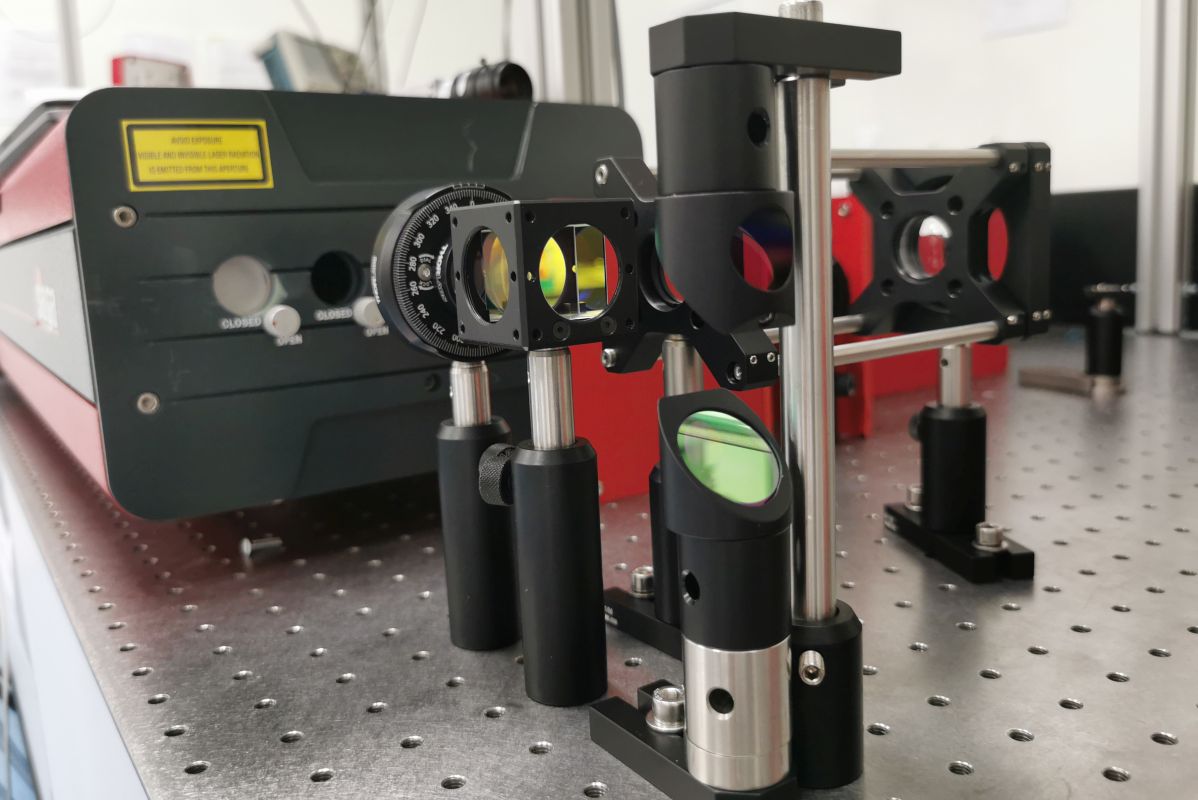
The Introductory Optics course covers concepts in EM fields such as Maxwell’s equations, electric dipoles, field-mater interactions; concepts in Ray Optics such as reflection and refraction, Fresnel coefficients, imaging systems (lenses and mirrors), ABCD matrix formalism; concepts is Wave Optics such as wave property of light, dispersion interference and coeherence; Gaussian Optics concepts such as Gaussian beam propagation, ABCD matrix applied to Gaussian, knife edge techniques; concepts in Photometry such as EM waves conversion to heat, power meters and energy meters; concepts in Finite Optics and aberrations such as ray propagation through finite optics, spatial modes, Zernike polinomials and spatial mode corrections. The course has a laboratory component with hands on experiments in interferometry (Michaelson), spectroscopy (diffraction gratings), near field and far field alignment, laser alignment, polarization experiments involving wave plates, Malus law, and so on.
Download Course
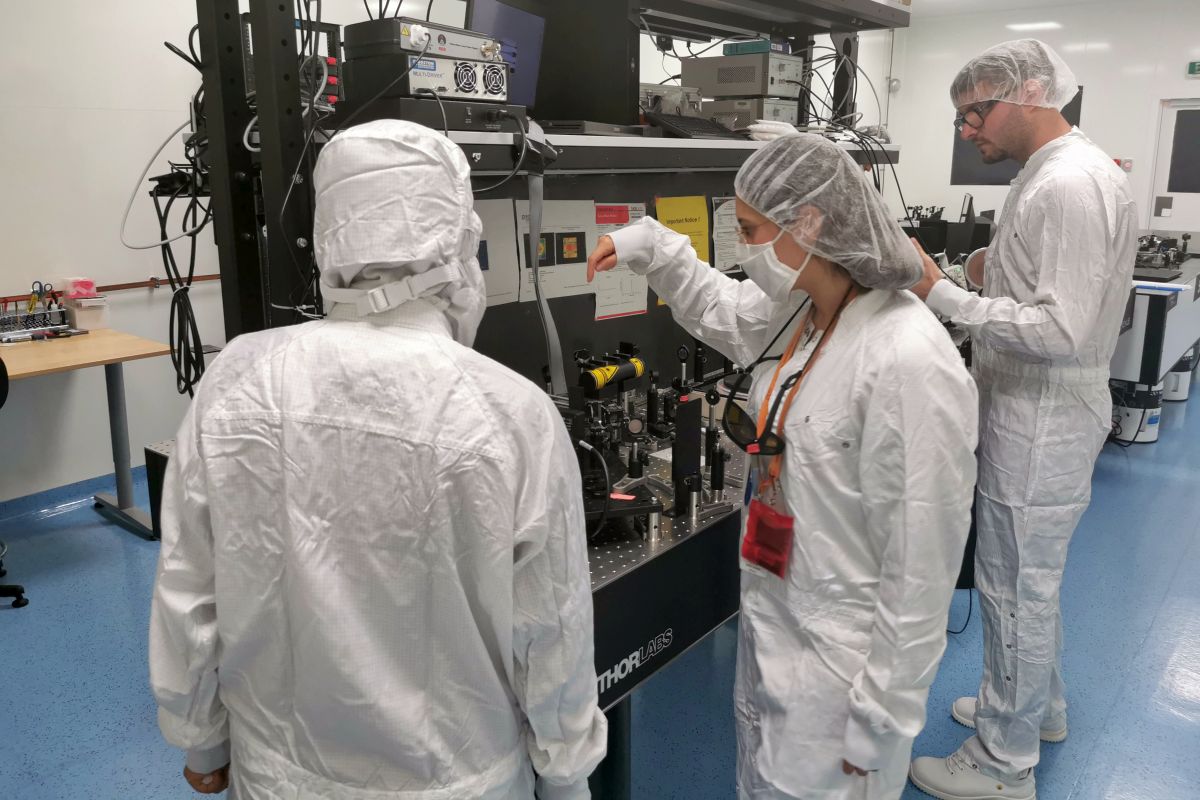
The Advanced Optics course covers concepts in Fourier Optics such as Fourier transform and properties, time-bandwith relationship, spectral phase and pulse formation; concepts in Crystal Optics such as Maxwell’s equations for anisotropic media, the refractive index ellipsoid, biaxial and uniaxial crystals, phase matching (k-surfaces), double refraction and birefringence, and waveplates; concepts in Electro and Acusto-Optic modulation such as Pockels/Kerr effect, the magneto-optic Faraday effect and Acusto-Optic modulation. Special topics on Large-Scale Optics will be discussed from the mechanical and structural engineering point of view, large mirrors and optomechanics, turnboxes; and concepts in Nonlinear Optics such as waves in nonlinear media (2nd and 3rd order), second harmonic generation, three wave mixing (SFG, DFG, SPDC) , third order media, non linear refractive index, Kerr effect, self phase modulation.
Download Course
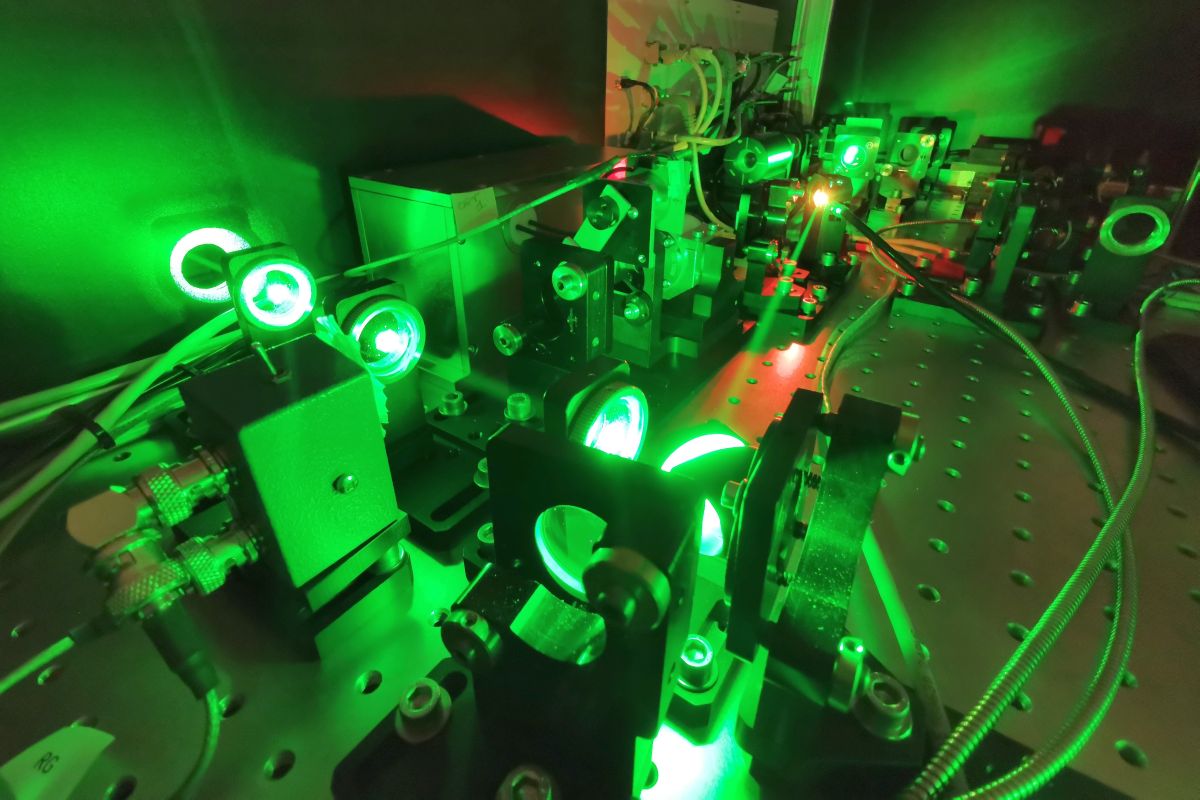
Lasers and Special Topics course will cover Fundamental Concepts in Laser Radiation starting with Planck hypothesis and energy levels, Einstein description of radiation transfer, the rate equation for a steady state, population inversion condition, and line broadening. Basic Laser Systems will be introduced with discussions about laser oscillators gas and solid state lasers, laser amplification, ns-ps laser and mode-locking techniques. A thorough presentation of Advanced Laser Systems is made in terms of its main parts: femtosecond oscillators (KLM, saturable absorption, and stability), regenerative amplifier, multipass amplifier, parametric amplification (OPCPA-Optical Parametric Chirped Pulse Amplification).
Download Course
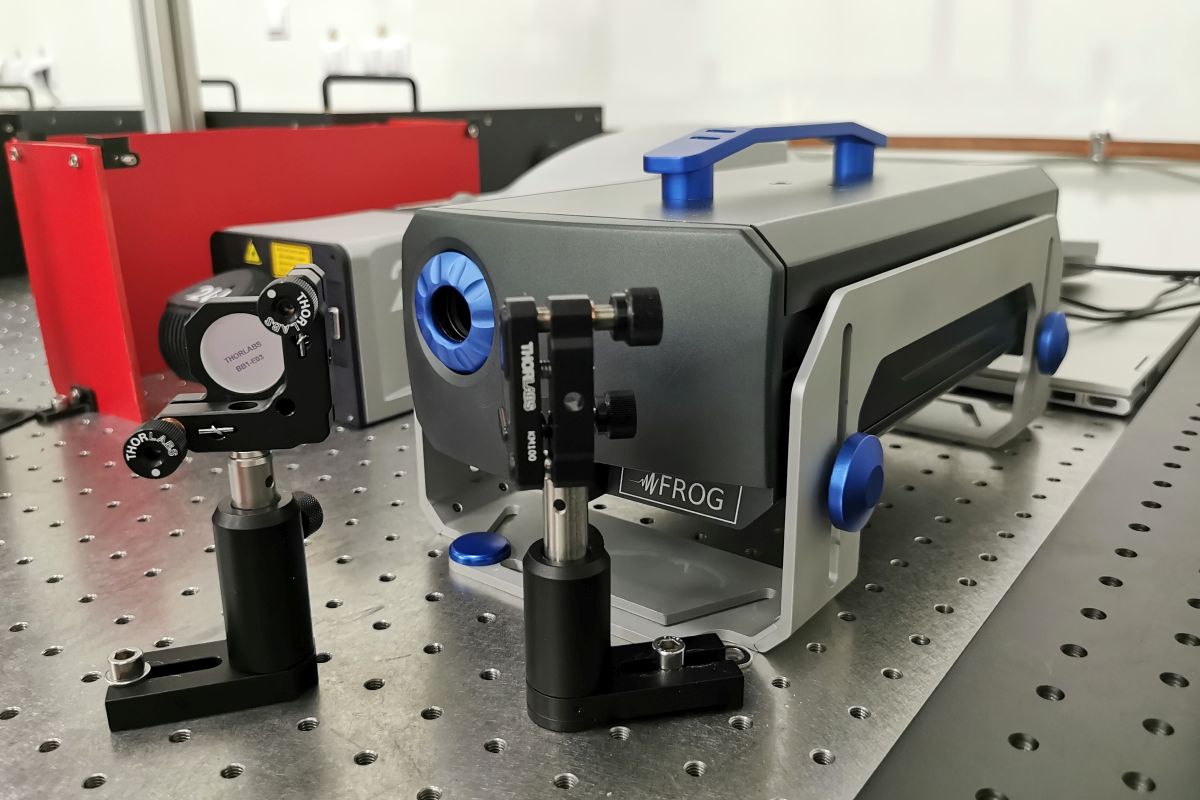
Laser Diagnostics course covers techniques for laser beam characterization using adaptive optic systems such as deformable mirrors and wavefront sensors, temporal profiling and contrast profiling. As part of the temporal profiling, students will learn the autocorrelation function, rough profilers (SSA) and full information profilers (FROG, SPIDER, SRSI,D-Scan). The contrast profiling will cover thrid harmonic autocorrelation (Tundra) and cross-pollarization wave autocorrelation (XPW) hands on component involves near and far field measurements, and measurements with all the instruments specified above.
Download Course
System Specific
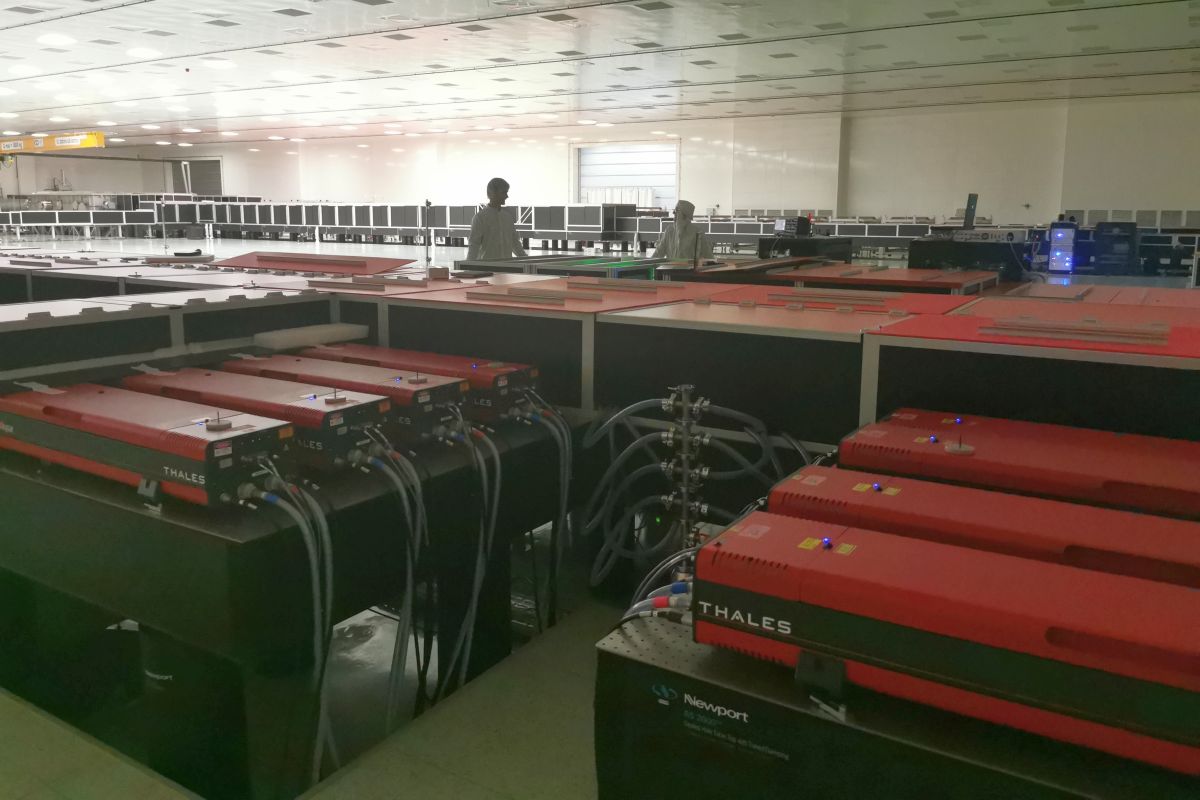
The HPLS is a two-arm hybrid high-power laser system (HPLS) able to deliver 1 pulse per minute at 10 PW peak power in two separate arms. Four additional outputs are available, two at 1 PW with 1 Hz repetition rate, and two at 100 TW at 10 Hz repetition rate, obtained by extracting the pulses at intermediary amplification levels and compressing them using dedicated compressors. These six beams are delivered to five experimental areas.
The hybrid design of the HPLS consists of a CPA/ps- NOPCPA FE and Ti:sapphire high-energy amplifiers. The laser pulses generated by the Front End are used to seed the two power amplification arms simultaneously ensuring the optical synchronization of the two laser amplification arms. A second, similar FE is available for redundancy, ensuring a longer beam availability for the users. The architecture of FE is presented in this hybrid course.
Download Course
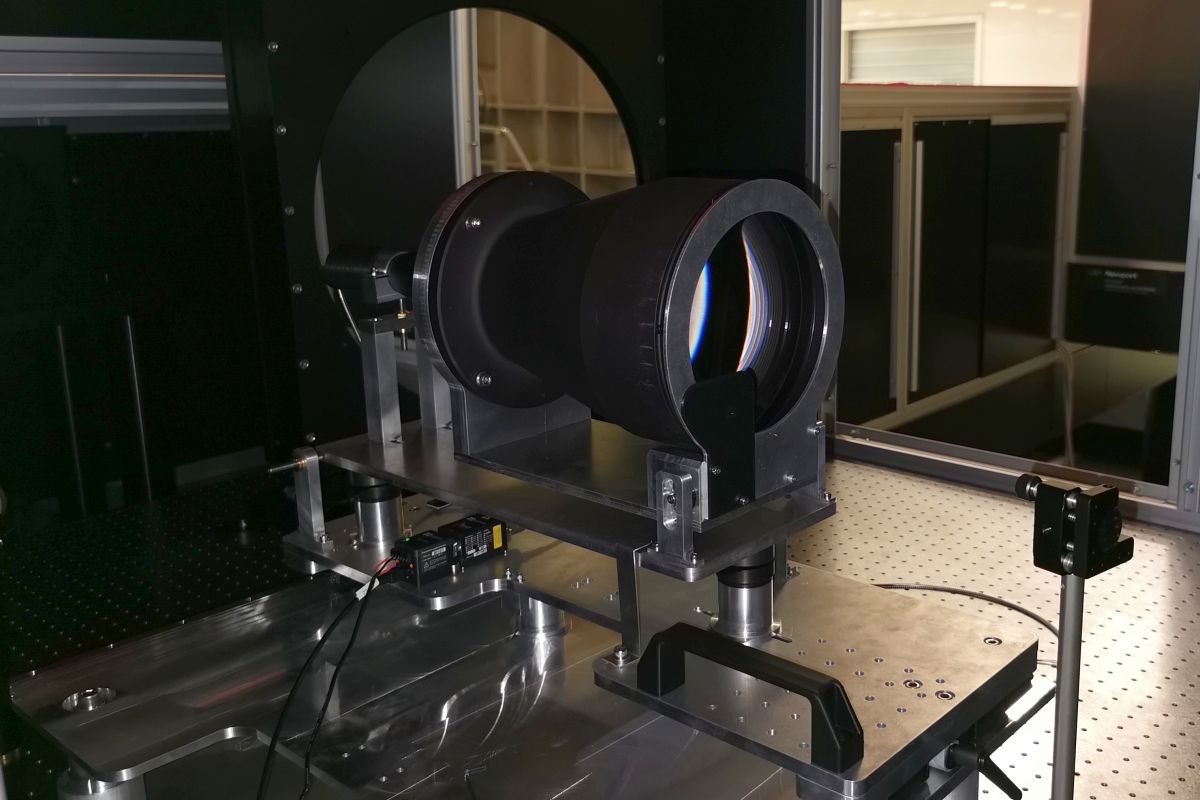
This course presents the Laser Beam Transport System alignment and the subsystems used in the alignment process. Among the subsystems discussed are the Full Aperture Laser (FAL)/Small Aperture Laser (SAL), near field, far field equipment and internal equipment in the experimental rooms. The course discusses the near field far field assessment methods and visualization.
Download Course

The course is addressed to all ELI technical/scientific members having different technical and / or scientific background in order to obtain basic theoretical and practical knowledge in the field of vacuum technology.
For this reason, this course module is at a basic level and will consist of a theoretical component as well as laboratory work. These laboratory works will have a detailed description of the operations that will be carried out with the indication of the vacuum elements used, of the complete assembly diagrams and of the measurement tables that will be performed and the way of presenting the data obtained where appropriate.
Download Course
Instrument Specific
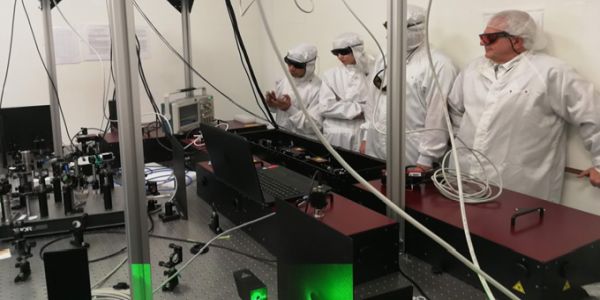
The schematic, working principles, alignment and troubleshooting of the modular AVESTA Ultra Fast High Power Laser are presented in this hybrid (lab and lecture) course. The course is a must for those who want to specialize in operation and maintenance of Chirped Pulse Amplification laser systems.
Download Course
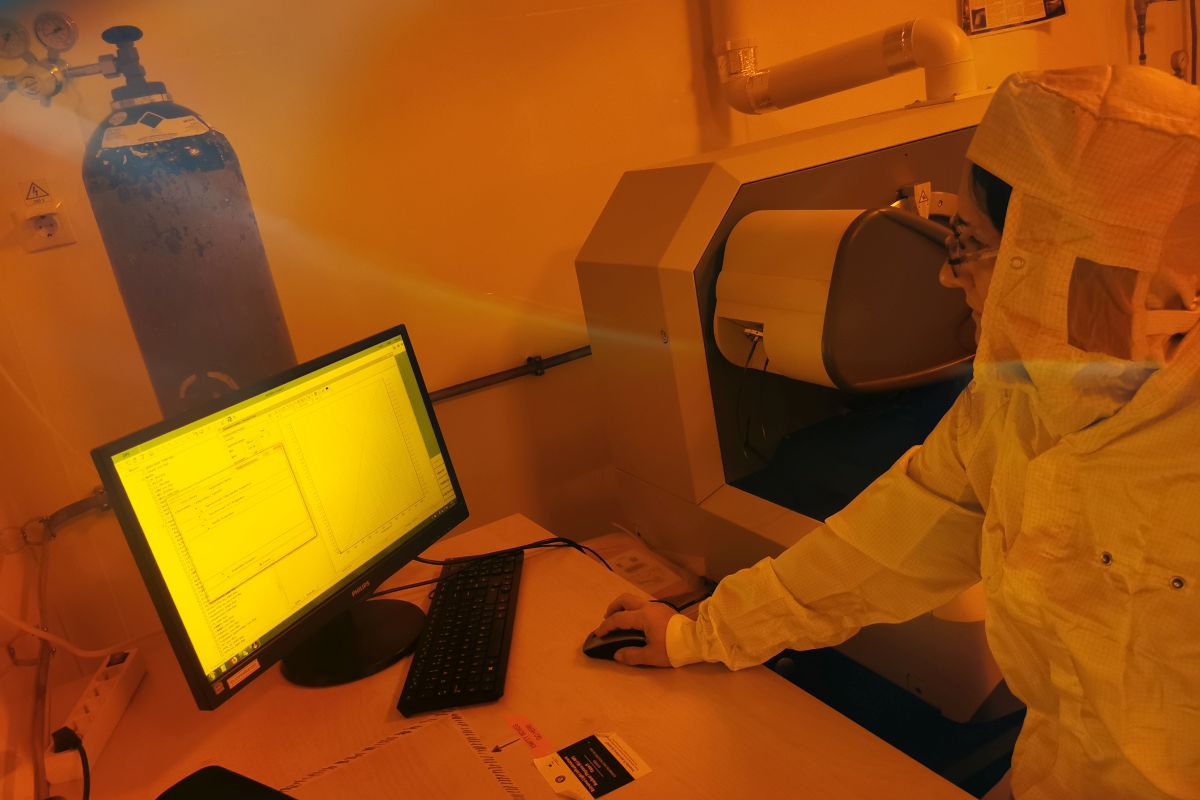
The course presents the working principles of Ellipsometry, along with the theory behind the measured parameters (refractive index and layer thickness of coatings) and applications. The course is hybrid and includes operation, maintenance and troubleshooting of the Horiba Ellipsometer present in the lab. The analysis and interpretation of data is performed on the collected parameters.
Download Course
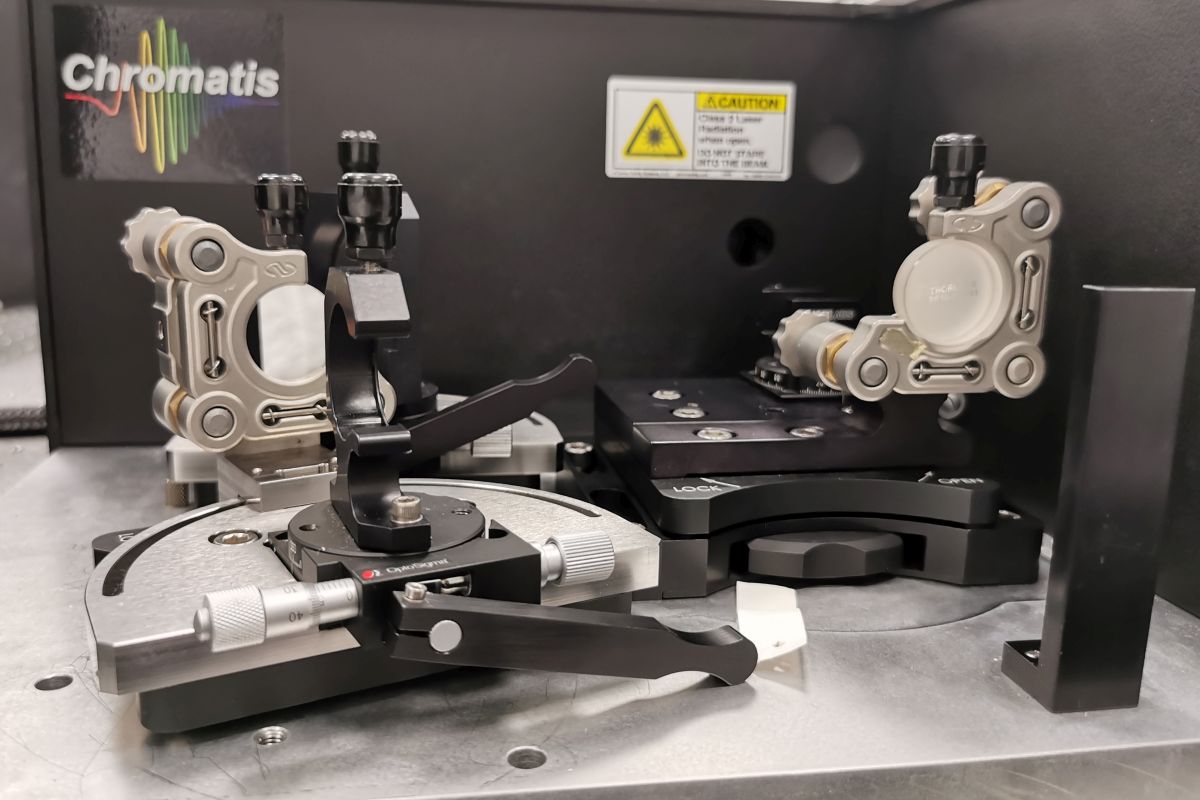
The basic principles of interferometry are presented in this course, along with a description of the white light interferometer available in the lab. The course is hybrid and covers the operation, maintenance and troubleshooting of the instrument. The course also presents the analysis of the data collected with the instrument.
Download Course

The course introduces the technical personnel to the operation, maintenance, and troubleshooting of the third order autocorellator Tundra system, which is a highly sensitive diagnostic tool for laser pulse contrast measurements. The course is hybrid and includes a theoretical and practical component. The measurement results will be interpreted and cross validated with measurements performed with other autocorrelators available in the lab.
Download Course

SAGA HP is a class 4 pulsed pumping laser used for amplification of an ultrashort laser pulse both in HPLS and Optics Laboratory. Delivering laser beam in pulsed regime a 10 Hz it can generate up to 2.5 J per pulse (with a duration of 6 ns) with its 2 ND:YAG amplification chambers (in infrared at 1064 nm) and 1.8 J and its frequency doubling KDP crystal (in visible green at 532 nm), which is used to pump TI:Sapphire crystals for amplification. The training for this laser consists of proper starting and stopping procedure, operation, optimization of diferent parameters and maintainance; all these with regard to safety of the personnel and the laser.
Download Course

Insight instrument is inserted at the attenuated focus of ultra-short laser systems. It offers full access to the complex E field (amplitude and phase) in space-time/frequency, in the far-field and the near-field. It is associated to state-of-the-art analysis algorithms to support the experimentalists in finding the good conditions for interaction.
Download Course
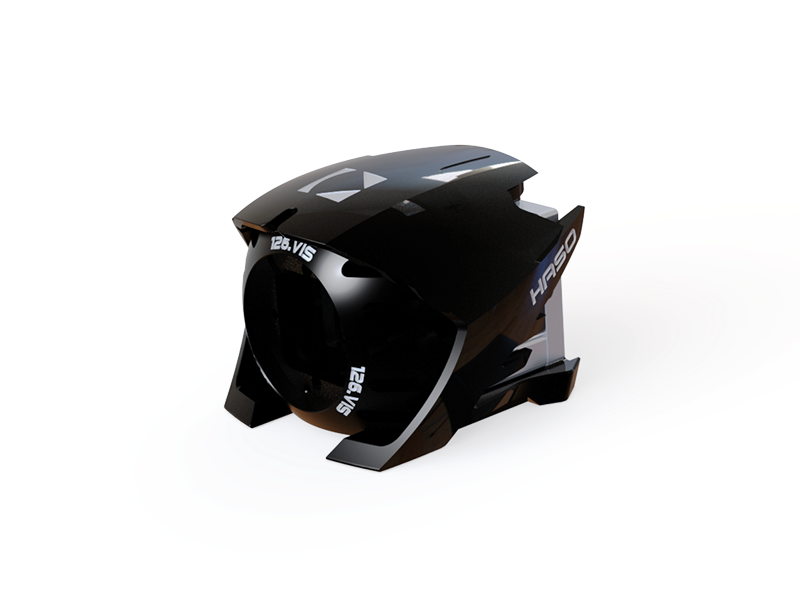
The HASO4 126 VIS is the perfect wavefront sensor for applications that requires high sampling density or a very large dynamic range. It features the new SpotTracker system, providing absolute wavefront and tilt information and eliminating alignement requirement.
Download Course
Support

The aim of this course is to provide an introduction to Spectrum Analyzer (SA) architectures (sweep type SA and Fast Fourier Transform SA) and to explain the principles of measuring electrical parameters of RF devices by using the SA. The course is divided into both theoretical and practical modules and it tries to familiarize interested people in such a vast domain of measurement and analysis of the RF signals
Download Course
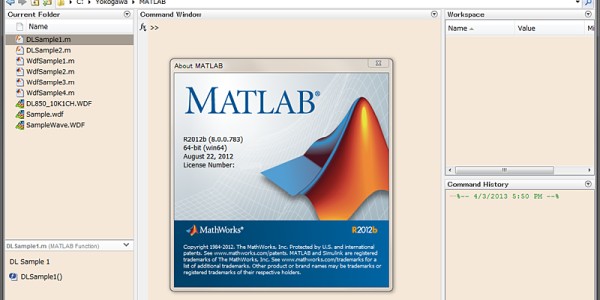
An introductory training in MATLAB is offered as part of the ELI-IMPULSE program. The module will introduce the participants to basic and user defined functions, loops and conditional statements, data visualization, and more. The applications are in engineering and operations management based on the participants' interest
Download Course
Team
| Name | Position | Info |
|---|---|---|
| Viviana VLĂDUȚESCU | Scientific Researcher | CV Info |
| Răzvan DABU | Scientific Researcher | |
| George NEMEȘ | Engineer | |
| Dan-Gheorghiță MATEI | Scientific Researcher | CV Info |
| Octavian DĂNILĂ | Postdoctoral Research Assistant | |
| Vinod MOHANAN | Postdoctoral Research Assistant | CV Info |
| Gabriel Petrișor BLEOTU | PhD Student | |
| Vicențiu IANCU | PhD Student | |
| Anda-Maria TALPOȘI | PhD Student | |
| Miklos KISS | Physicist | |
| Andrei Bogdan NAZÎRU | Engineer | |
| Dmitrii NISTOR | Engineer | |
| Bogdan ISPAS | Physicist |
Collaborators
| Name | Position | Info |
|---|---|---|
| Daniel URSESCU | Scientific Researcher | Info Info |
Publications, Abstracts, and Conference Presentations
© Copyright 2024. ELI-NP. All Rights Reserved.
The content of this document does not necessarily represent the official position of the European Union or of the Government of Romania. For detailed information regarding the other programmes co-financed by the European Union please visit: www.fonduri-ue.ro
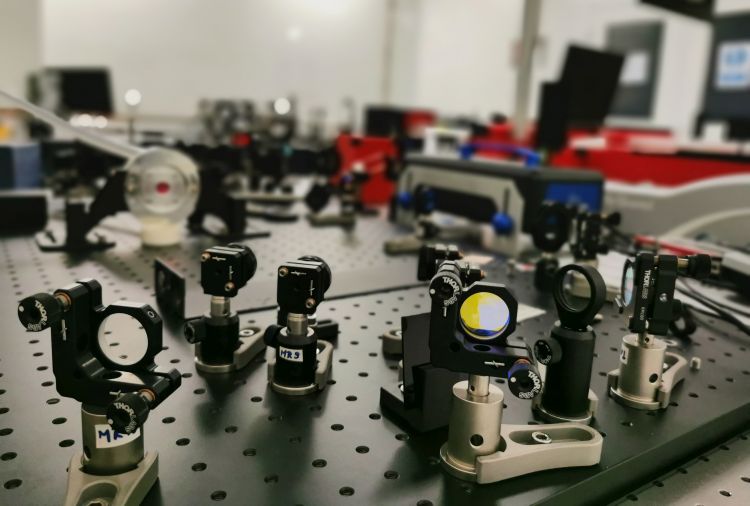

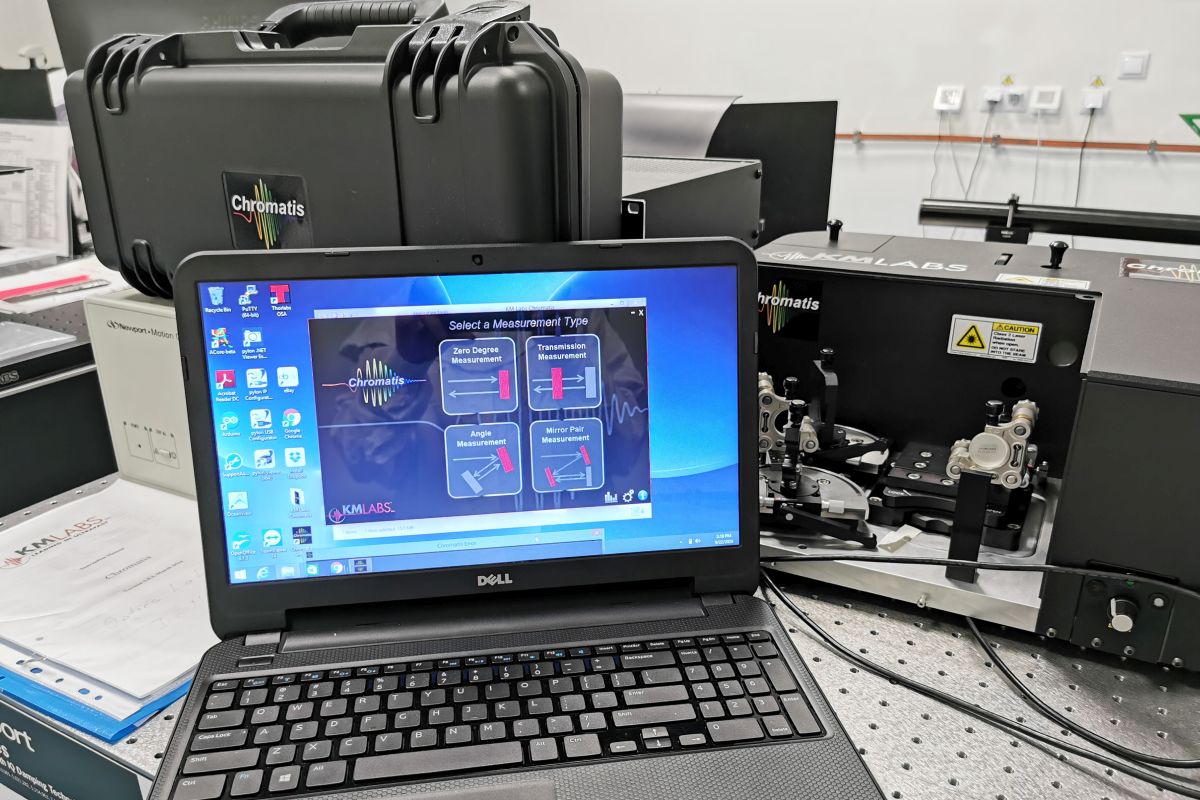

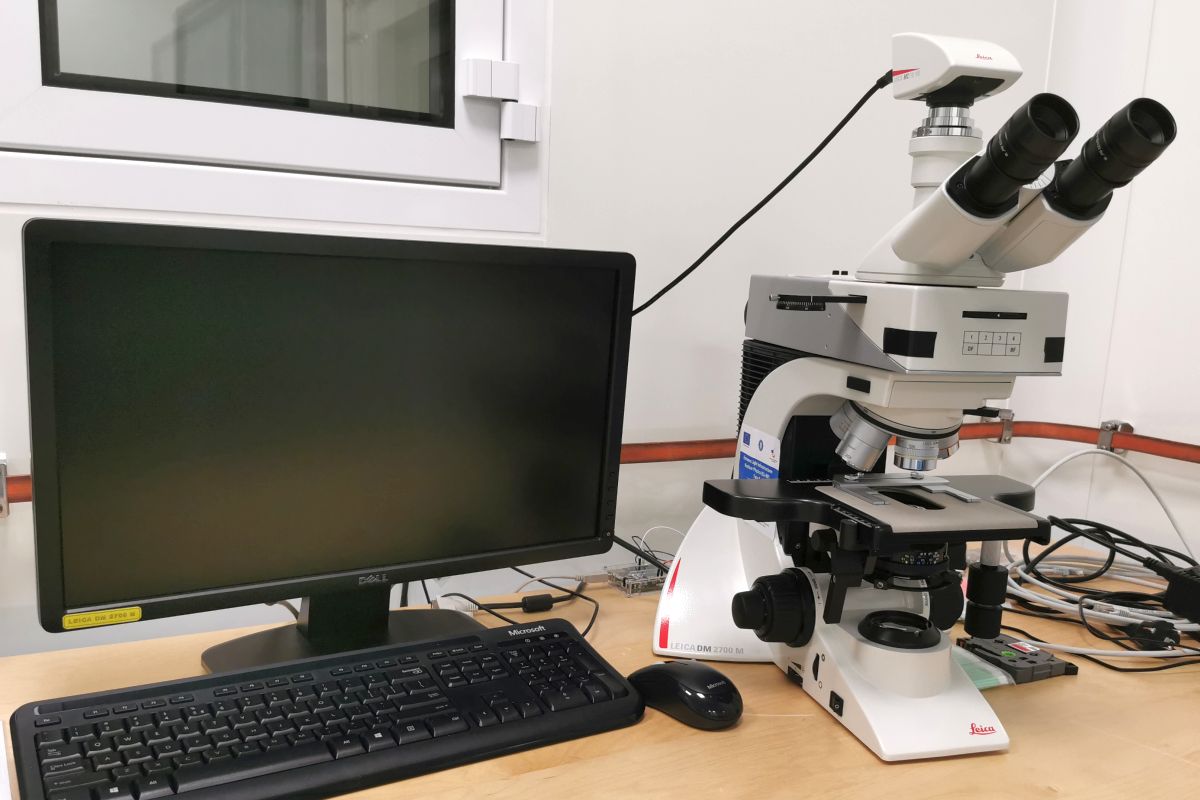
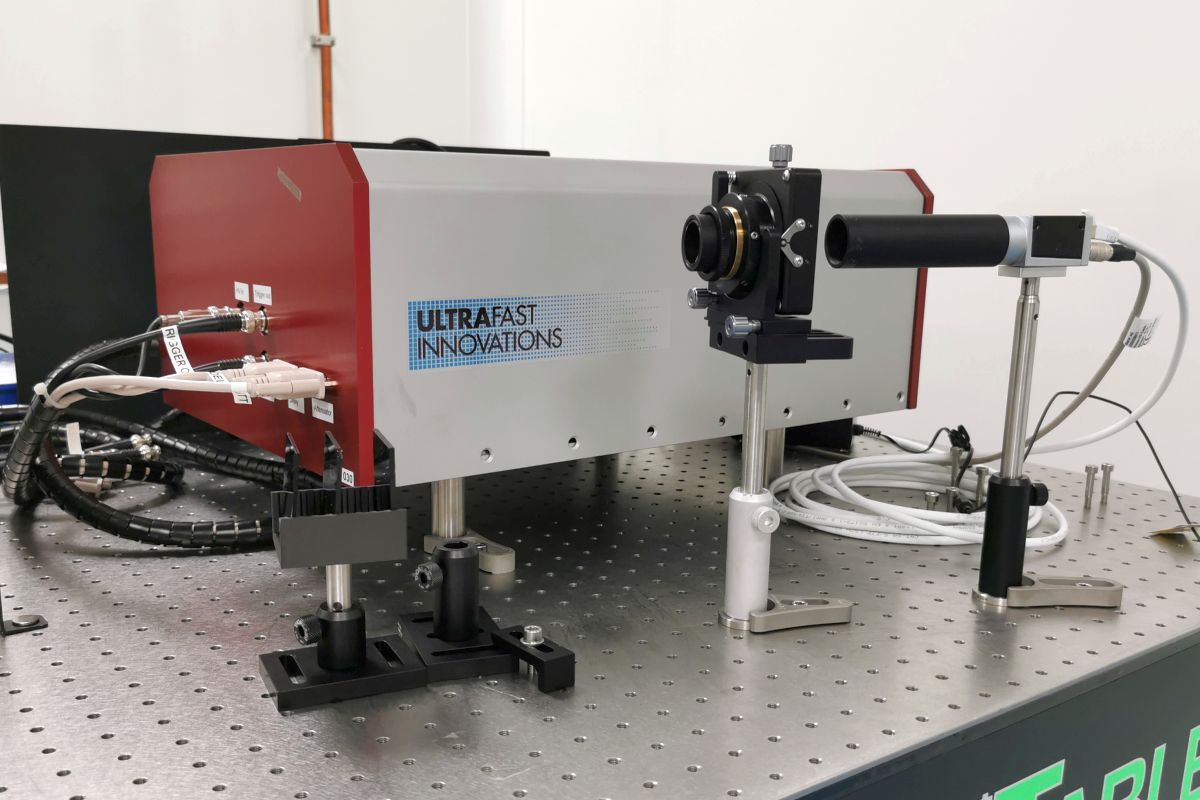
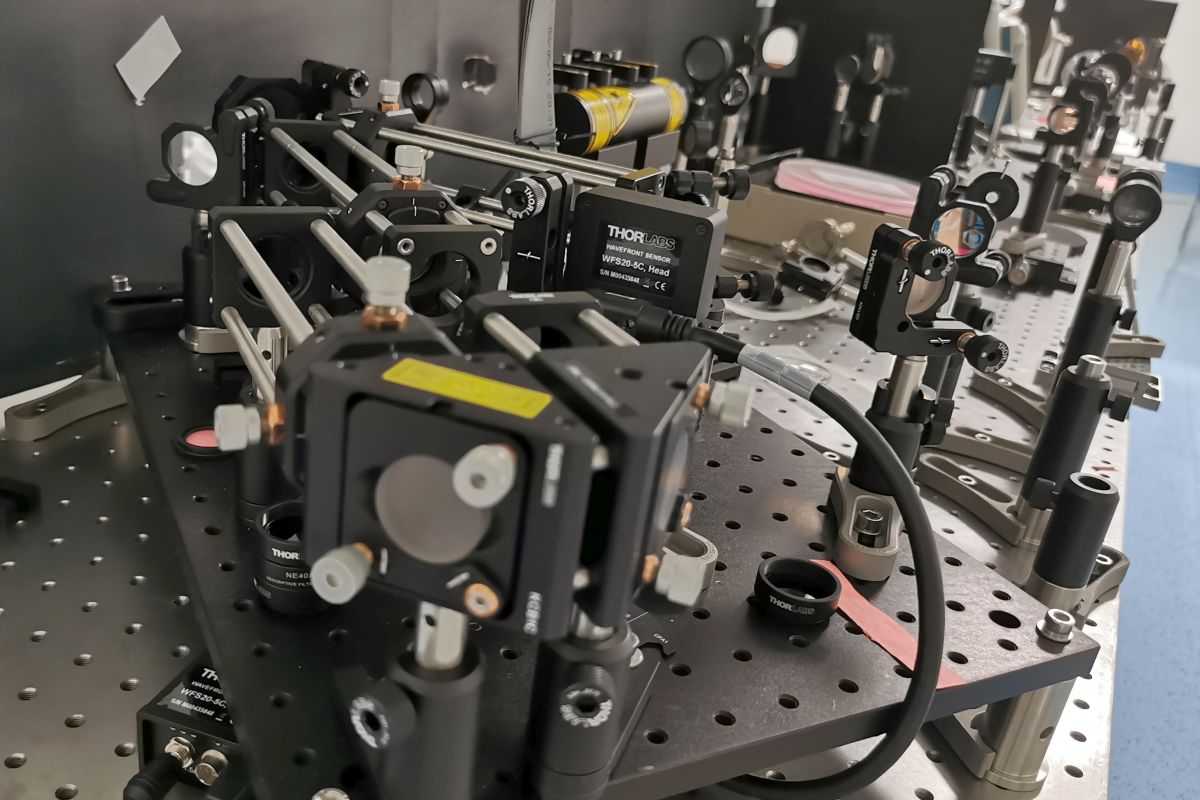

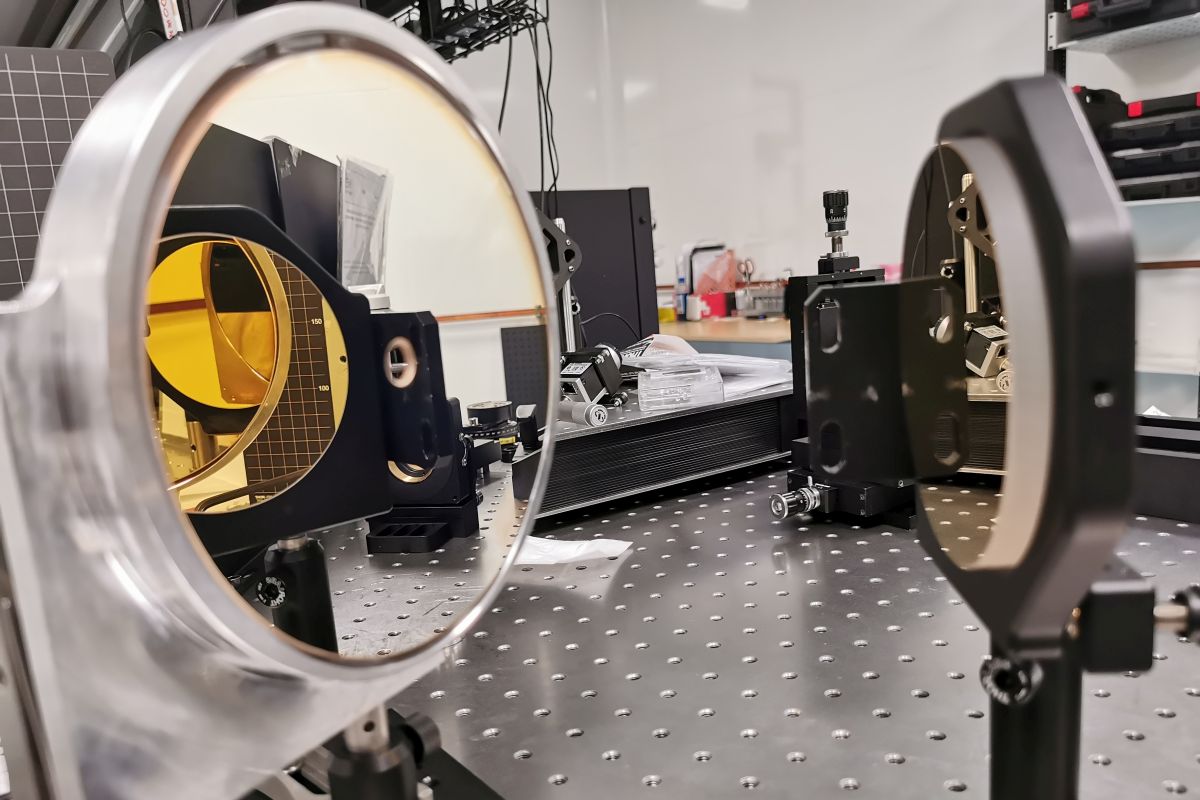
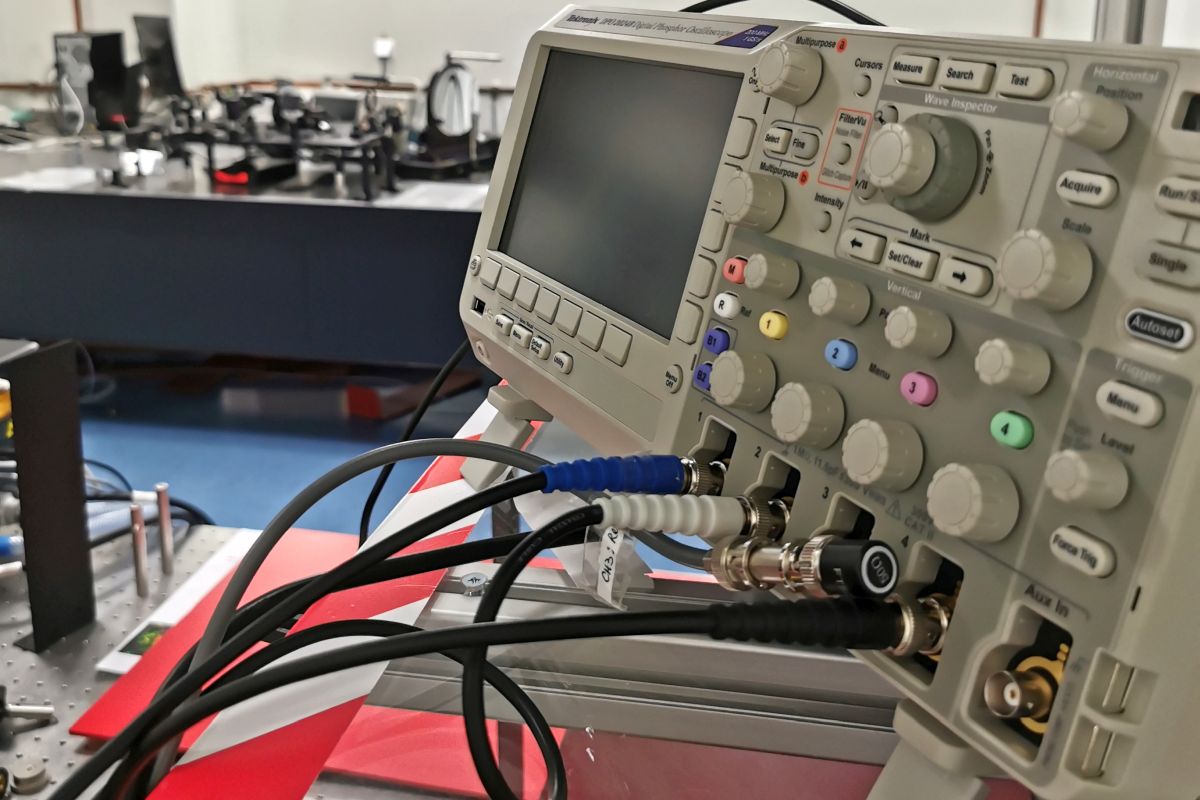
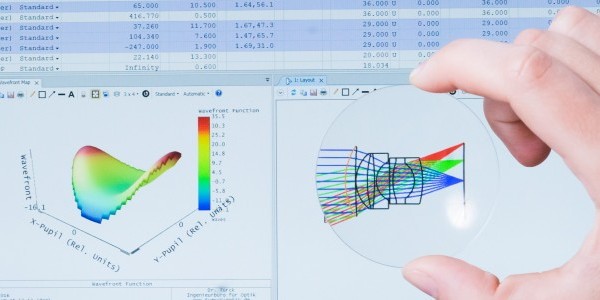
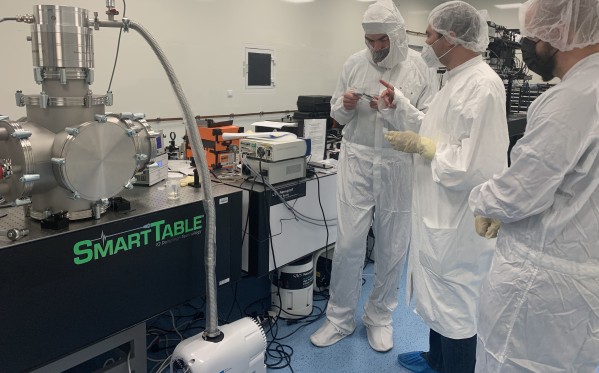

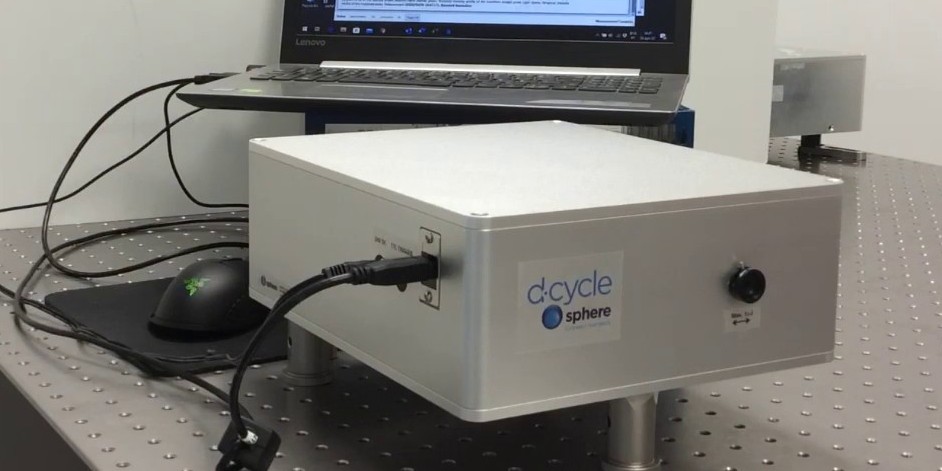
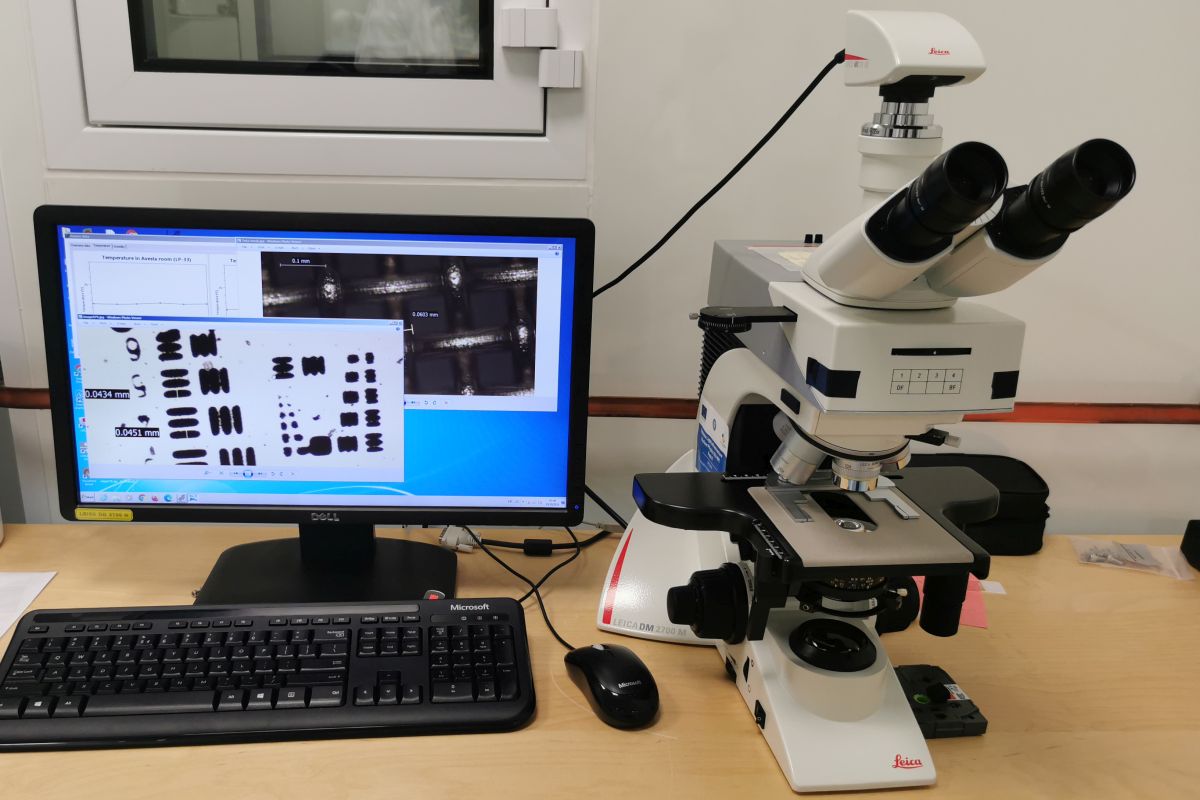

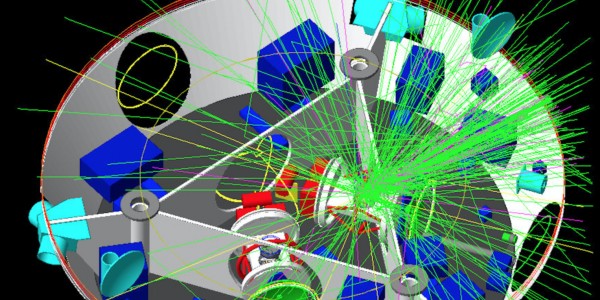

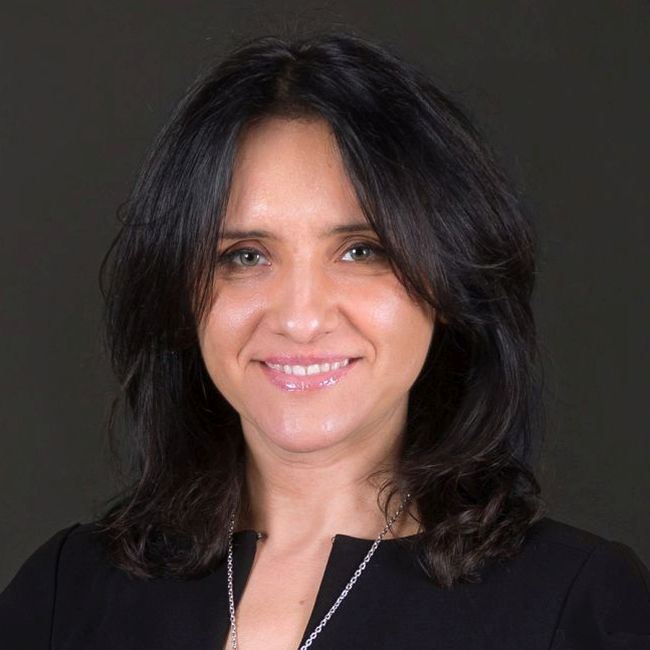
 eli-np.ro
eli-np.ro